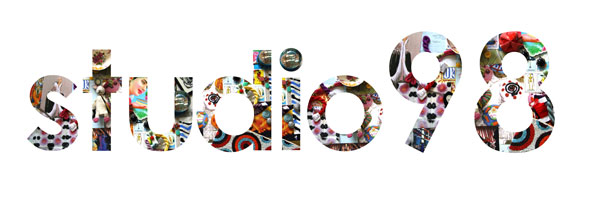HOME New Zealand editor Jeremy Hansen in a photograph taken by his artist brother Tim
Last week we asked Neale Whitaker, editor-in-chief of Belle Magazine, to comment on Australian design. This week we spent 10 minutes with Jeremy Hansen, editor of HOME New Zealand, asking his perspective on New Zealand design…
What attributes make New Zealand design unique?
That's becoming a more difficult question to answer, and I think that's a really good thing - New Zealand is a really multi-cultural country and I think that if our design had a particular 'look' it would reflect poorly on us. That said, there are common elements that shape the way things are designed here. We're really open to a huge range of international influences, so I think we've always been good editors of new trends. Like Australia, we have a wonderful quality of light. The natural environment in New Zealand is an overwhelming presence in many parts of the country, so our design is inevitably shaped by that. We're very isolated from the rest of the world. Many of us live close to the sea. So if I were to stick my neck out a little bit and name some common characteristics of New Zealand design, I would say that our best design shares a pared-back sort of elegance, an emphasis on natural materials, and an unfussy, relaxed feeling.
Who is your favourite New Zealand designer?
I enjoy the consistency and practicality of a lot of Simon James' furniture designs. I love the smart, but never tryhard, irreverence of Karen Walker's garments. Ngahuia Damerell has designed some beautiful fabrics. Katie Lockhart is a stylist that has done some beautiful work for our magazine as well as overseas publications like World of Interiors and Case da Abitare – she’s able to subtly tap into a New Zealand sensibility. Nicholas Stevens and Gary Lawson at Stevens Lawson Architects design wonderfully dark, mysterious homes. And the team at Mitchell & Stout Architects have made a series of buildings that are full of poetic, thought-provoking spaces.

An image from HOME New Zealand styled by Katie Lockhart using vintage New Zealand Crown Lynn ceramics, photographed by Derek Henderson. www.katielockhart.com

www.simonjamesdesign.com
 www.karenwalker.com
www.karenwalker.com
 Grey Triangles from Ngahuia’s graduate collection
Grey Triangles from Ngahuia’s graduate collection
What is your favourite New Zealand building?
That's a tough one. I love the easy-going simplicity of a house in Freemans Bay, Auckland, by Mitchell & Stout Architects. And Stevens Lawson Architects won our magazine's Home of the Year award in 2007 with an Auckland home that beautifully melds indoor and outdoor spaces without ever being predictable about it. Both of these homes subtly draw on a uniquely New Zealand design heritage - the Mitchell & Stout house feels a little like a boat, full of subtle Pacific influences. And the Stevens Lawson home references the black buildings that were common in New Zealand in the early 20th century, as well as incorporating the darker, moodier side of the New Zealand character.  HOME New Zealand magazine’s Home of the Year 2007, designed by Stevens Lawson Architects. www.stevenslawson.co.nz
HOME New Zealand magazine’s Home of the Year 2007, designed by Stevens Lawson Architects. www.stevenslawson.co.nz

The Freemans Bay home in Auckland by Mitchell and Stout Architects http://www.mitchellstoutarchitects.co.nz/Work/hekestreet.htm
How critical is indigenous culture in our design aesthetic?
In recent years we've had a bit of a flood of inferior design objects that seem to believe that using a Maori or Pacific element in their design makes them uniquely New Zealand. To me, these sorts of objects are no better than the kitsch you find in your average tourist shop. People need to spend time learning about the significance of these cultural elements before they appropriate them for their designs. Like any good design, if the concept behind it isn't deeply felt and thought through, it's not going to work. Recently the Auckland gallery Objectspace held an exhibition of work of contemporary weaving by male artists that referenced and overturned Maori and traditional notions of weaving at the same time – this is the kind of use of indigenous references in design that points the way to a non-kitschy future. www.objectspace.org.nz
Describe New Zealand design in one sentence.
Innovative, exciting, and rich in variety.

.jpg)











 BEFORE
BEFORE














.jpg)









